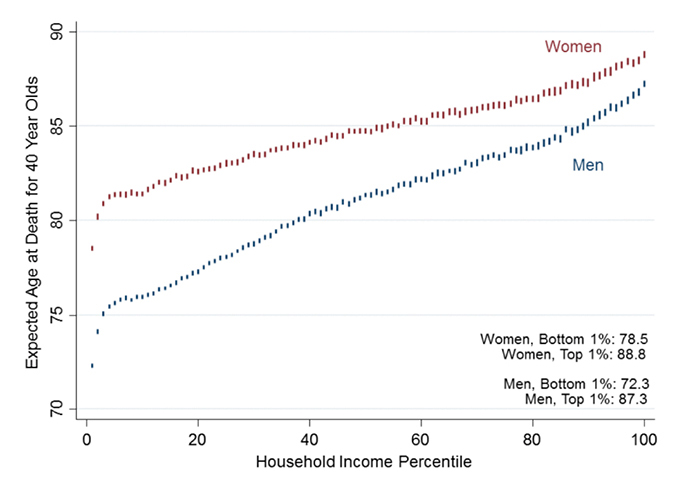One can use Portfolio Visualizer (PV) to see how he arrived at the age 70 investment portfolio values. PV shows slightly lower values. That is possibly because when one asks PV for a 6% rate of return, it doesn't use 6%/12 (0.5 basis points) for the monthly return, but 0.487 basis points (compounds to 6% annually). Just a guess.
Here's the
PV setup for 6%. Mouse over the graph for the 8 year (age 62-age 70) result.
On the withdrawal side (after age 70), the video makes two simplifying assumptions:
- You will die at age 90. 5% withdrawal x 20 years = 100%. That leaves longevity risk.
- The real rate of return of the portfolio is zero. This addresses @bee's point that the portfolio grows over time. The video's portfolio does grow in nominal returns at precisely the rate of inflation.
bee does a nice job with PV in showing how one might have invested in the past. Kudos for incorporating a couple of
bear stock markets in the mix. That said, there are two implicit, and IMHO fairly aggressive, assumptions made:
- The funds selected (or any fund of one's choosing) will continue to outperform the market. I've added a 60/40 S&P 500/bond market mix (rebalanced annually). This didn't survive 15 years. PV link.
- The markets going forward will produce real returns similar to those of the past 20 years. Schwab is projecting average real returns over the next decade of around 4.5% in the stock market and negative bond returns. And that's before considering higher inflation - the projection was from last May, before inflation took off.

Source page:
https://www.schwab.com/resource-center/insights/content/why-market-returns-may-be-lower-in-the-futureWith respect to sheltering the portfolio from taxes via a Roth IRA: this assumes that the part time worker is not already putting that money into an IRA (and maxing out), else contributing more to an IRA might not be an option. In any case, one could not contribute even half the age 62 benefits to SS. $1400 x 12 mo = $16,800. Including the $1K catch up amount, the max that one can contribute to an IRA is $7K.
Looking at the Roth conversion option: let's assume one is in the 12% tax bracket, no state taxes. If one converted $140K and somehow managed to remain in the 12% bracket, then that would use up the $16.8K in SS, thus effectively adding that amount to the Roth IRA. In reality, that would move one into the 22% or 24% bracket; hardly a good strategy. Not to mention that this would make more of the SS benefits taxable. Further, in order to execute this plan for eight years, one would need to have $1.12M in a traditional IRA available for conversion.
This has a better chance of being feasible if one is in a higher tax bracket (that would reduce the amount of the conversion necessary to incur $16.8K in taxes). However, given the correlation between income and longevity, the higher income person is also more subject to longevity risk and thus would likely benefit more from the lifetime income guaranteed by SS.

Regarding the annuity option: we don't know where the cost figure comes from, or what type of annuity it is. Though I agree with what I think is
@JonGaltIII's assumption - life only, no inflation adjustments. One can buy joint and survivor annuities, but they cost more. I don't believe there are any inflation adjusted fixed immediate annuities left on the market, but there should still be some that provide for annual increases of a fixed amount (say, 2%). Of course those also cost more.
If there is the possibility of a surviving spouse, that just makes SS look even better. With SS, if the spouse with the larger benefits dies first, the surviving spouse gets those benefits instead of one's own. Unless one expects both spouses to live past the break even point (~82 give or take), the optimal strategy is often for the lower benefit spouse to take SS early (62) and the higher benefit spouse to defer to age 70.










